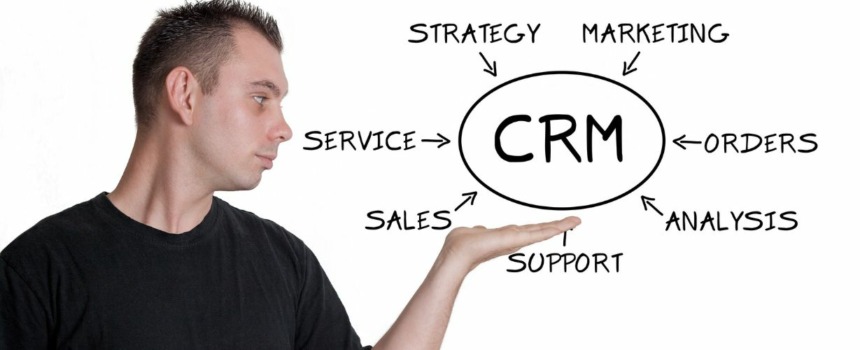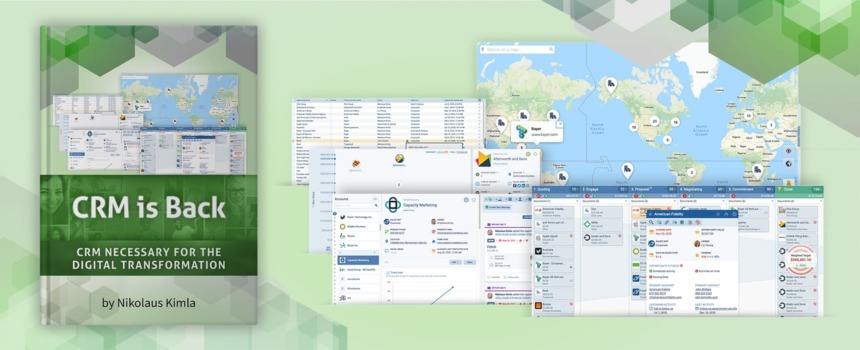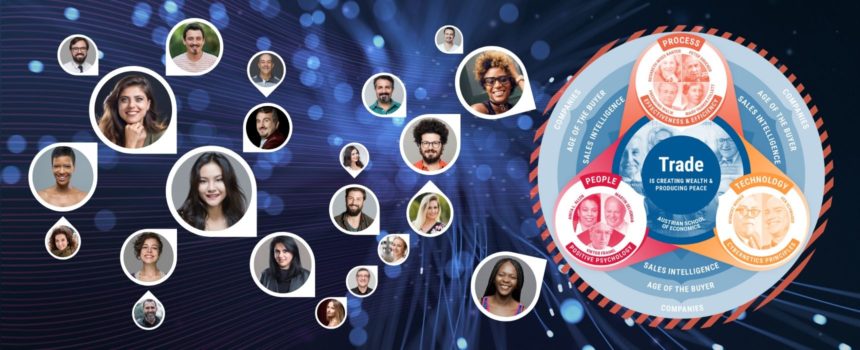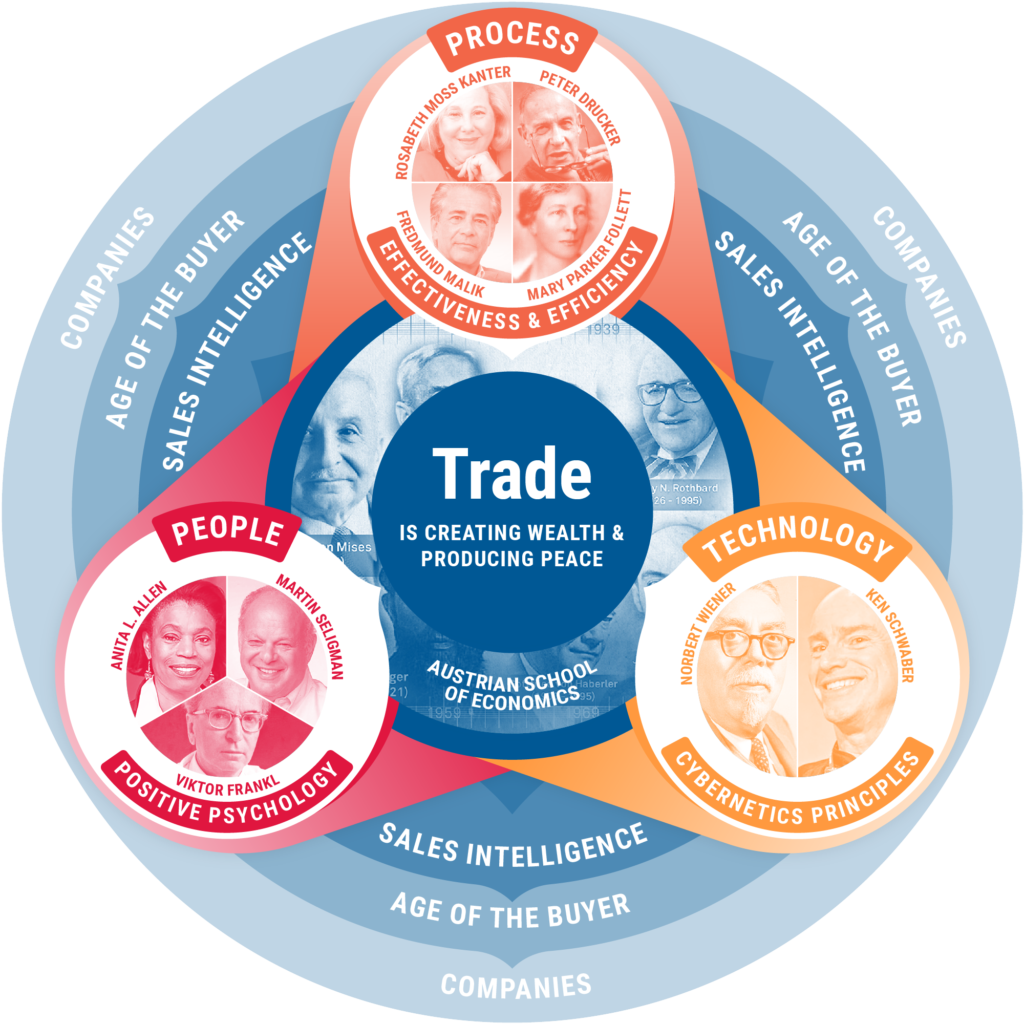The next in our series on CRM adoption takes up an important topic: the 8 reasons CRM implementations are never actually completed.
1. Lack of Clear Processes
When a CRM adoption is not completed in a company, it’s easy to blame one particular individual or group. But one basic reason is a lack of clear processes. We’ll get into this more in detail further along in this article, but if a company has not detailed the goals and purposes of a CRM, and precisely the route the CRM adoption is going to take, the project will never get completed.
2. High Management Priority
A top reason, probably the top reason, that a CRM solution doesn’t get adopted is that it is not a top priority for company management.
If you think about it, CRM is more important than even a company location. For example, today many companies are moving from Germany due to deindustrialization. Let us say we’re on the board of a company seeking a new location. Too many companies would prioritize such a relocation over and above CRM.
CRM, even in such a circumstance, must remain the top priority. Why? It is the repository and the system for customer data. If we don’t have accurate customer data appropriately utilized, we will have no customers. If we have no customers, we have no company. We won’t need to worry about moving, as we won’t have a company to move, will we?
3. Lack of Head of Project
When CRM isn’t a top management priority, someone seldom takes charge of a CRM project and runs with it.
If a company has a security issue, someone is immediately in charge of resolving it. Why doesn’t CRM have that same kind of priority? If you lose your customers, you lose everything. You need CRM to be effective and efficient; if you aren’t, you’re gone.
It can be the case that a company is overwhelmed, and there isn’t someone who can add heading a CRM project to their workload. In such an instance, the company should—again as a top priority—invest in a consultant to do this job.
It can also happen that heading a CRM project becomes a “hot potato” that nobody wants. They don’t want to be blamed if the project fails. They don’t want to be demoted or fired.
In such a case, the person forced into that position will often go to the CRM industry bestseller as a point of security, which may not even be suitable for their company. They should instead be truly shopping around and evaluating the best solution for their enterprise.
4. Lack of Documented Requirements
A company, in shopping for a CRM solution, will often create a shortlist of systems to evaluate. That only makes sense, however, when the company has clearly laid out its CRM requirements and put them into a document. How can a CRM project be accomplished if such requirements aren’t clearly established and documented?
It happens all too often that we, as a CRM vendor, cannot fulfill one potential customer demand. What are they demanding? That we, free of charge, become their project manager and consult them, informing them of their requirements. Since we’re not inside that company and aren’t intimately familiar with all of its issues, this is impossible.
It would be the same as someone purchasing multiple television sets for their home. They need to connect and set them up, and they expect the company they buy from to perform this service. The company will politely refuse and inform the buyer they need to purchase such a service separately. The company selling them the TV sets may not even offer that service, in which case the customer will have to hire someone else.
In any case, we cannot perform such a service for CRM—the buyer must hire a consultant or otherwise handle it in-house.
I understand that a company might have fears of making the wrong decision. But nailing down these requirements isn’t rocket science—it just requires some patience and homework.
5. Responsibility on Both Sides
The vendor certainly has responsibility, too—and if the vendor doesn’t take that responsibility, that can also lead to the CRM project not being completed.
The vendor must ensure that meetings with the buyer occur at the right times, that there is an agenda, a deadline, and lists of tasks that must be accomplished before the next meeting. If these things are not done, the vendor cannot proceed with the sale. If the buyer invests a considerable amount of funds, and the vendor doesn’t point out a potential waste of money, the fault lies with the vendor.
The customer may not fully understand what they themselves need, based on what they’re asking for, and the vendor might need to point this out. Let’s say, for example, the customer wants to meet about potential CRM integrations with the company’s systems.
Such integrations are not nearly as complex as they once were. In the “old days,” there were no OpenAPIs, APIs in general, or connectors. A number of years ago, my company was a partner with Autonomy, a company that developed pattern recognition software. We required connectors to different databases, and Autonomy had to create them.
Today, there are many available APIs. There is even efficient middleware from vendors such as Zapier or Tray.io. Connections are now easy to make.
If a company wants to integrate CRM with its ERP, a vendor must fully understand the customer’s request and actual requirements. If this understanding isn’t fully established, the vendor can’t know the customer’s CRM needs.
If a customer wishes to integrate CRM with their ERP system, we must ask questions such as, “What kind of integration do you want? Unidirectional? Bidirectional? Daily? Every minute? Does data transfer require approval, or can it be done without approval? Is every salesperson allowed to make changes in CRM that then transfer to ERP?”
Let’s assume a customer wishes data to be transferred daily from ERP to CRM. That is easily accomplished once the customer has fully defined their data and fields for us. We would then need to know the business requirements. What should the data do?
Once these things are understood, we as a vendor know the business scope. We can now analyze the customer’s requirements and present different approaches. It’s then a rapid matter of turning this analysis over to our development. We can then create a test space for the client to test out CRM without conflicting with live data.
As you can see, there are project leaders on both sides—the vendors and the buyers. If both make it a priority, CRM adoption can be accomplished in a couple of weeks. The customer then has full use of their data.
6. “Too Many Cooks”
The purchasing enterprise will realize the benefit of CRM the moment they correctly prioritize the project—when they firmly commit the correct resources both in terms of personnel and finances. It is then clearly viewed not as a technical problem but one of human willingness.
In an analogous example, I recently saw an interview with Charles Duke, one of the Apollo 16 astronauts who went to the moon. The interview covered his specific mission and the whole Apollo program, which I myself covered in an ebook.
The priority given in the Apollo missions was that NASA had a vision to fulfill, and they turned it over to those who could decide and make decisions on the ground. Those people then made those decisions and executed the mission.
The problem with CRM implementation can often be an issue of “too many cooks.” A company must appoint someone who is allowed to make a decision. Put a competent person in charge and let them get on with it.
7. Implement in Iterations
When you put that person in charge, don’t expect the first stage to be totally correct. Every step in CRM implementation is an iteration, and you must not expect the first iteration to be perfect—learn from it and make it better with the next iteration.
This idea comes from the modern method of software development. In the old days, there was the classic “waterfall” development method in which programming of the entire requirement was done all at once, from start to finish. To make improvements, programmers had to go back and start again at the very beginning.
Today’s development approach, called Scrum, is conducted in incremental iterations. One iteration is completed, the programmers meet and go over it, and then the next iteration is done. This method created a new boom in the software industry.
Companies utilizing this same type of methodology for CRM implementation will see their implementation complete much more rapidly.
8. And On to Infinity
Then we reach reason #8, which turned on its side is the symbol for infinity. Because in reality, a CRM implementation, even when brought up to the point of high efficiency and success, will never be truly done. There will always be tweaks and improvements.
As you can see, CRM implementation does not have to be complex. A company simply needs to be willing to sit down, learn all about their requirements, document them, and share them with a CRM vendor such as Pipeliner.
P.S. What Does Pipeliner Do Differently?
The above 8 points apply generally to every CRM implementation. What does Pipeliner do differently?
What Pipeliner does differently boils down to engagement between our product and the people. We go the extra mile with the customer to fully address their CRM requirements.
A recent case study demonstrates the gratitude customers have for the extra measures, exceptional service and value Pipeliner brings to the table.
For further reading, check out these white papers and eBooks by Nikolaus Kimla:
CRM Onboarding
Pipeliner CRM: The Concepts Behind the Features









